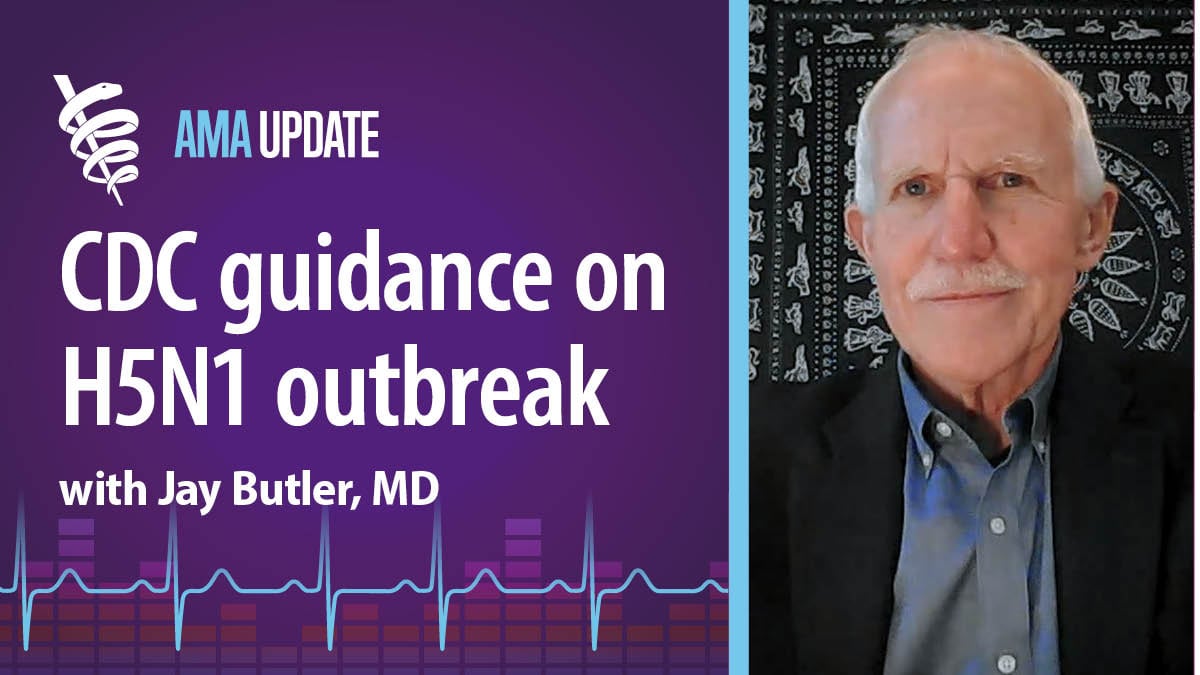
In recent weeks, there have been increasing concerns about the spread of H5N1 bird flu in dairy herds across the United States. According to reports from various sources, including the Centers for Disease Control and Prevention (CDC) and the Food and Drug Administration (FDA), at least 197 dairy herds have been impacted by this highly pathogenic avian influenza since late March. The virus has been detected in milk processing plants in several states, raising concerns about the safety of raw milk and dairy products.
The FDA conducted tests on 275 bulk samples of raw milk collected from farms in four states where herds had tested positive for H5N1. Half of these samples were found to contain traces of the virus, with a quarter of those being infectious. However, the agency confirmed that flash pasteurization fully neutralizes the virus when all steps are followed, including a critical preheating step.
Despite this reassurance from the FDA, public health authorities have urged states to warn consumers about the potential dangers of raw milk and to test herds that produce it for sale. The CDC has also announced plans to do another round of testing on dairy products purchased at grocery stores, including cheese made from raw milk.
Meanwhile, Deputy Director for Infectious Diseases at the CDC, Jay Butler, provided updates on the ongoing H5N1 bird flu outbreak during an episode of AMA Update. He noted that the virus has been a focus of their reporting for several months and emphasized the importance of pandemic preparedness.
Former CDC director Robert Redfield believes it's likely that there will be a bird flu pandemic, with potential mortality rates between 25% and 50%. The USDA is leading the response to eliminate the threat, but scientists are concerned that not enough is being done to protect humanity from another pandemic.
Pathologist Thijs Kuiken drew parallels between the US response to H5N1 bird flu outbreak in dairy cows and the Netherlands' response to Q fever outbreaks from 2007 to 2010. In both cases, large numbers of infected animals shed large amounts of bacteria which can infect people through wind or contact with contaminated materials or environments.
Control over the H5N1 response lies with the USDA, but efforts have been made to involve public health authorities in testing farmworkers for potential infection. The agricultural sector and animal health are key areas of focus as scientists work to contain the spread of this highly pathogenic avian influenza.


